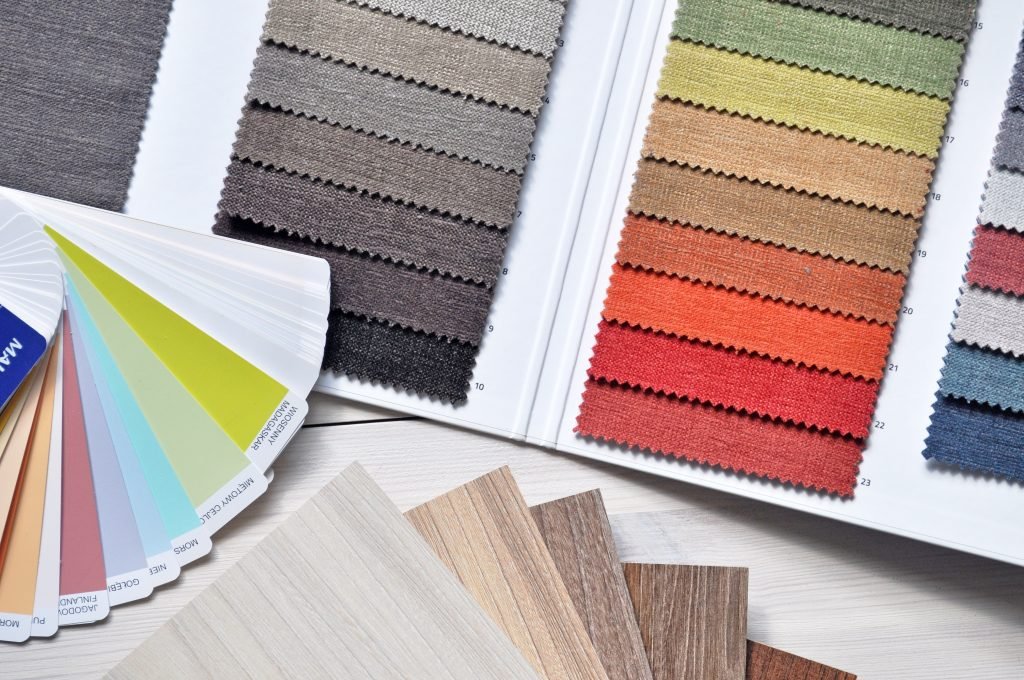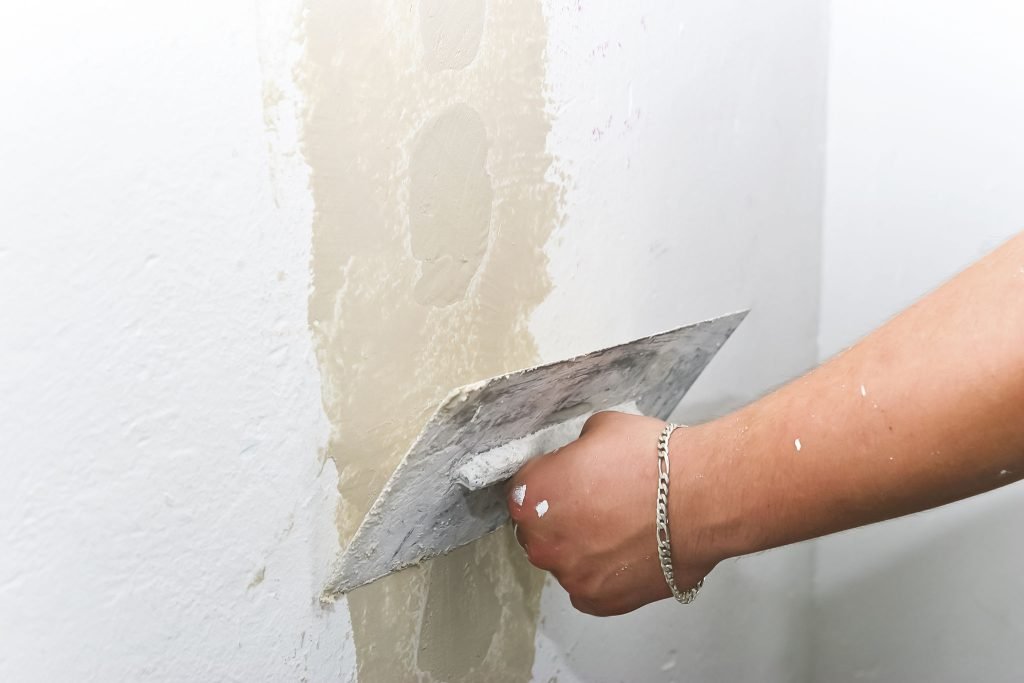
All About Colors – Your Painting Guide
All About Colors
Colors have the power to affect our perception of the spaces around us. Whether it is a common workspace or our private living space, the physical space can greatly alter and change our moods. That’s why, it is essential we choose a color palette for our home that nurtures a warm, positive, and healthy environment for us to live in.
Similarly, restaurants choose a palette that increases appetite and complements the dining theme and experience. Even businesses nowadays are careful in choosing colors for office interiors that enhance productivity.
So play with dimension, textures, colors, and hues. Use your imagination and add depth and life to your favorite spaces.

Color Schemes for Painting
How to choose color schemes for painting?
Deciding what colors to choose for your paint project can be confusing and overwhelming. However, to make the process easier we advise you to take some time out and study the Color-Wheel. The Color Wheel will introduce you to the science of choosing colors by showing you a variety of combinations and color schemes that work well in any space. These combinations and schemes help you choose colours that will artistically balance your interior space and prevent any disaster paint jobs.
Read on to learn more about a few color schemes on the color wheel.
Visual effects of colors –
1) Complementary Color Scheme

Colours that are opposite from each other on the color wheel are called Complimentary Colours. For example, red, green, blue, and orange. If you decide to paint with this colour scheme, let only one color be dominant. Moreover, it might be a bad idea to paint one half of the room one colour and the other half the second colour.
2) Monochromatic Color Scheme

This scheme is a common choice for home interiors. This color scheme uses only one color combined with shades and hues of the same color. For example, if we paint one wall dark green, we apply lighter shades of green on the remaining walls.
3) Adjacent Color Scheme

Colors that are next to each other on the Colour Wheel are known as Adjacent Colours. For example, yellow and green. The Adjacent Colour Scheme can add personality and a distinct feel to your room.
Surface Preparation for Painting –
1) Clean the concrete wall

Repainting: For exterior surfaces, use a power washer to clean dirt and dust off the wall. For interior surfaces, scrub the wall with soapy water and a scrub brush. Do not use a power washer for indoors. Make sure the wall is fully dry before painting. New Walls: Make sure the surface is properly cured and is free of any chalky substance.
2) Repair any cracks or blemishes on the wall with concrete patches

Fill holes and cracks. Use a trowel to smooth the patch to match the surface of the wall. Scrape loose paint with a putty knife and sand down rough spots and edges.
3) Apply 1 coat of applicable Primer

Evenly apply the primer using rollers or brushes. Let it dry for 24 hours. If you can see the wall through the primer, after the coat dries, apply more coat.
Kindly click on the links for further details on – Application of Colors and Category of Colors in Architecture



